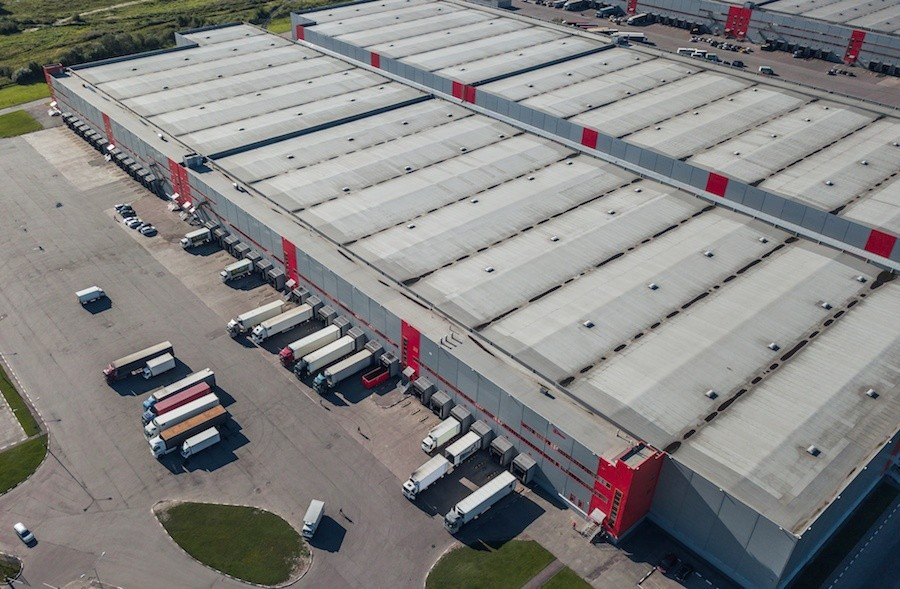Open during the COVID-19 pandemic: What should distribution centers focus on?
Thời sự - Logistics - Ngày đăng : 14:00, 14/09/2020
Reopening will require a rigorous methodology backed by the smart use of data and analytics—and creative thinking about how to leverage existing technology in the workplace
Reopen facilities with employee safety as a top priority
For facilities, the first step will likely involve sanitizing and otherwise prepping the workspace. Securing sanitation, personal protective equipment (PPE), and other gear to enable reopening might be a new operational category for many companies. In addition to material lead time, be sure to build in time for process development and learnings as well.
Restructure the business to address new needs
Reopening should involve closely examining the skills matrix of your staff against new protocol and operational needs. This may lead to reassigning roles and responsibilities. For example, with distancing protocols now essential, who will define, adjust, and monitor compliance in your operations?
A new operational paradigm
Even after facilities reopen, they won’t likely return to “normal” operations for quite a while. Organizations will likely have to manage scores of new procedures around workforce behavior, floor operations, and supplier/customer interactions. Many of these new ways of working will be site- or company-specific, and may vary by state initially, but the following three points are helpful to keep in mind:
Socially distance and protect workers in a factory or on a warehouse floor and in non-work areas such as break rooms. Technology and creative thinking can play key roles here. Consider staggering the elements of a workday (start time, lunch, breaks, etc.) to minimize the congregation of associates.
If you use a large transportation fleet, you’ll need to secure capacity and reliability. This might include establishing or reviewing contracts with a common set of carriers. Likewise, you may need to re-examine capacity plans and routes due to new driver protocols that could impact teaming, relays, and cross-dock activities, among others.
Looking ahead
Following the initial COVID-19 outbreak in early 2020, factories in the region are working towards getting back to business. NPR reported in early March that Chinese factories are reopening and resuming production, with eight provinces downgrading their emergency levels to allow for more mobility for citizens and workers. While black swan events like coronavirus can’t always be predicted, understanding supply chain risks and opportunities gives organizations more transparency to plan ahead while maintaining customer experiences in the face of crisis.
New versions of established tools will play a critical role in helping supply chain managers have an ongoing view of potential risks and provide framework to help take corrective actions to better serve their customers and provide a safe environment for their workforce.
Reopen facilities with employee safety as a top priority
For facilities, the first step will likely involve sanitizing and otherwise prepping the workspace. Securing sanitation, personal protective equipment (PPE), and other gear to enable reopening might be a new operational category for many companies. In addition to material lead time, be sure to build in time for process development and learnings as well.
